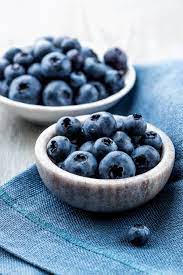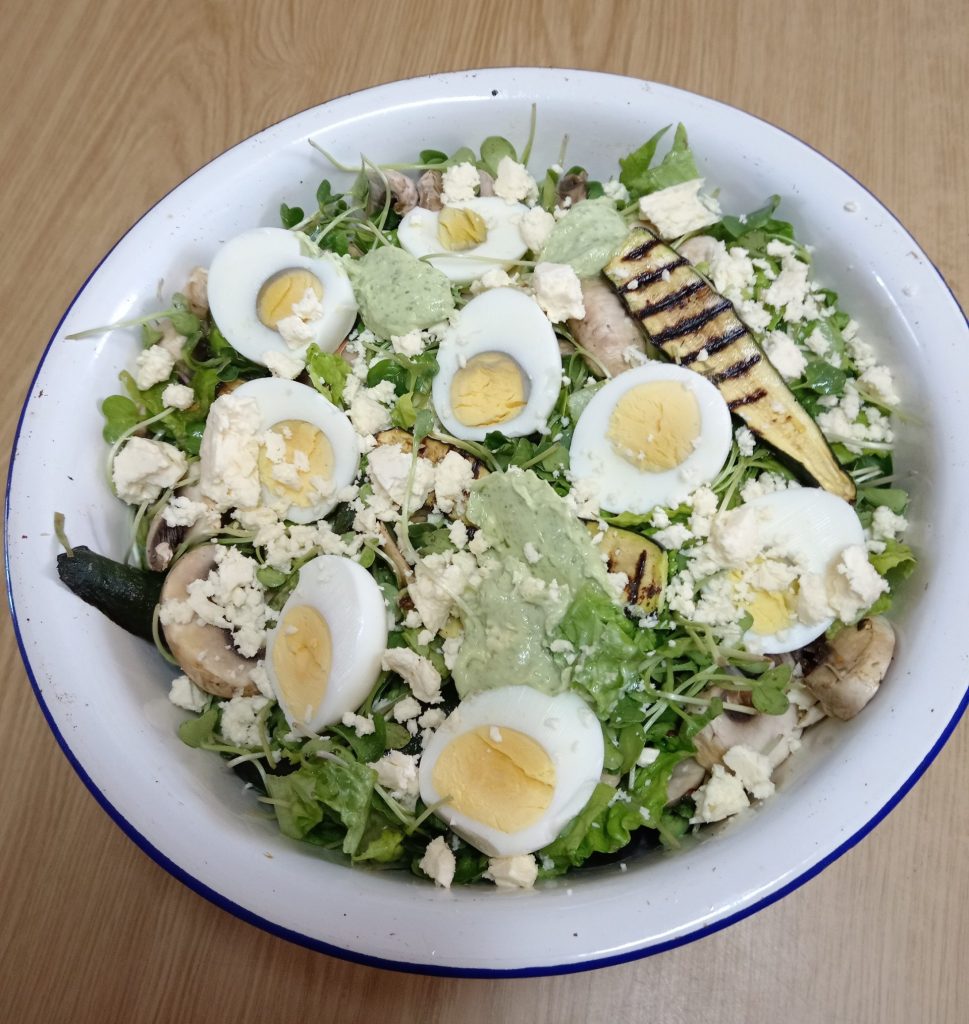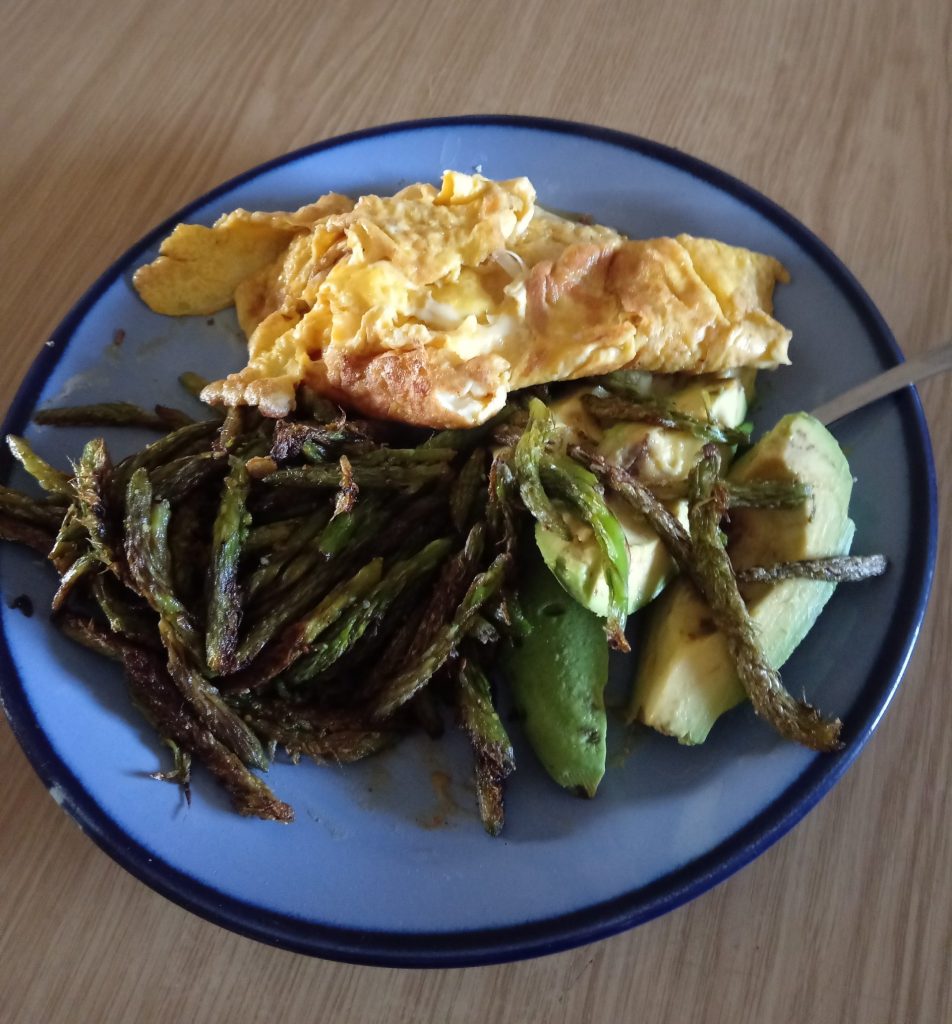I’ve been doing Keto for 15 weeks, and while the people who know about it (I don’t advertise it all over town!) are very supportive, they don’t really know what exactly that entails and why I’m doing it. So, let me explain…
I gained a lot of weight suddenly in my mid-twenties, then again in my mid-thirties, and when I hit my forties I lost complete control of the situation for a variety of reasons. I believe that you can be healthy at any weight, if you prioritise your health and engage in healthy behaviours. I did this in my thirties, but not in my forties. The dominoes started to fall. I developed an array of health issues, the most serious being Type 2 diabetes.
Type 2 diabetes is very much a lifestyle disease, and does not happen overnight. It’s difficult to accurately report on its prevalence, as so many people are never diagnosed. The estimate is that there may be about 9 million people in South Africa who have Type 2 diabetes. The treatment for this disease is medication and rather vague instructions to lose weight, exercise and eat healthier. The problem with this is that most people have no idea how to do any of that, and the medication itself may cause weight gain, which worsens the diabetes and leads to further pharmaceutical intervention, as well as many of the complications associated with diabetes.
These complications include vision problems, neuropathy (when nerve damage leads to pain, weakness, numbness or tingling in one or more parts of your body), increased risk of stroke and heart disease, kidney disease, and loss of feet and legs due to gangrene. None of those sound like fun, and I have some of them.
I have vision problems due to diabetes. I have the neuropathy, although it’s not too bad yet. My feet are always cold though. I’ve been plagued with recurring kidney infections, which might lead to eventual kidney failure if unchecked. Do I want to be on dialysis? Hell no! I look after my feet as best I can.
Over the last few years I have had to increase my dosages of certain diabetes meds, and change meds often. Some of these drugs were very expensive, and not covered by my chronic cover for diabetes. And they would in time also not be enough to keep the diabetes in check. This was a slippery slope and I was gaining momentum on my slide towards serious and debilitating health issues.
When I moved to the country in search of a better, more meaningful life, it was important to me that I took control of my health. I didn’t want to keep deteriorating; I wanted to improve and thrive. I wanted to LIVE.
I started doing some research and was pointed in the direction of Dr. Eric Berg, a proponent of the ketogenic diet as a way to treat Type 2. I was sceptical at first, because a lot of people I know were vehemently opposed to keto or “banting”. I decided that I was going to learn as much as I could, and work myself up to actually doing keto.
At the end of August 2023 I consulted a doctor out of town for an issue with my foot. I explained to him that I was very careful with my feet, as I had Type 2. He told me that he used to have it as well, and almost died due to complications. He and a family member went keto and he completely reversed his diabetes, lost a lot of weight and improved his health and quality of life immeasurably. I was convinced. Two weeks later I started.
Once I got the hang of it, I found it incredibly easy to follow. I’ve never really been tempted to “cheat”, because I am satisfied with my food, and “cheating” is not a momentary thing; you’d be dealing with the fall-out for many days. The reason for this is that with keto, you change the way your body uses energy. You remove almost all carbohydrates from your diet, which then adapts your body to utilise fat for energy. This is why the quality, as well as the amount of fat, in the keto diet is so important. When you partake of a sugary, or high-carb “treat”, you throw out your body chemistry, which can put you back in the fatigue/headache/bloating/nausea turmoil you experienced when you first started keto. Speaking for myself, it’s simply not worth it. Social situations can be a bit tricky, but I make sure to eat beforehand, and I bring some snacks.
Here is a list of all the low-carb foods that are appropriate to eat when you’re following keto.
- Fish and seafood
- Meat
- Low-carb veggies – bell peppers, tomatoes, spinach, zucchini, leafy greens, asparagus, mushrooms, onions, leeks, cauliflower, broccoli, Brussels sprouts, fennel, cucumber
- Cheese
- Avocados and olives
- Poultry
- Eggs
- Butter
- Nuts, seeds and healthful oils (olive oil, MCT oil, coconut oil, avocado oil)
- Plain Greek yogurt and cream cheese (both full cream or double cream)
- Fresh cream, sour cream and buttermilk
- Nut milks
- Berries
- Unsweetened coffee and tea
- Cocoa and dark chocolate (80% cocoa)
- An occasional glass of red wine
With the keto diet being low in carbohydrates, some of the foods with higher carbs that you may need avoid include:
- Grains – including sweet-corn, quinoa, rice
- Starchy vegetables and most fruits
- Sweetened yogurt
- Juices
- Honey, syrup or sugar in any form
- Chips and crackers
- Processed foods – you have to read labels very carefully (I miss mayonnaise!)
- Baked goods including gluten-free baked goods
- Legumes – beans, chickpeas, lentils, peas, peanuts
Is this expensive? It can be. There are many keto-friendly products out there that are outrageously expensive. I don’t buy those. I read labels and make a lot of my own sauces, relishes and dressings. Eggs are my best friend! I eat meat/fish/poultry once a day, but you can get by with inexpensive cuts, or buying in bulk. It’s summer now and I am fortunate to have a good source of leafy greens, so my second meal of the day tends to be a big salad with some meat or chicken. I do try and buy quality produce and ingredients though, which is a bit more expensive. There are also a few supplements needed – B Vitamins (which I took anyway) and Potassium.
I only eat two meals (mid-morning and mid-afternoon) and an evening snack, which is usually some plain yogurt with roasted seeds, and berries if I can source them.
Do I get tempted? Not really. You can eat your garlic bread, pasta salad, or birthday cake in front of me. Dialysis is a thing and I want no part of it!
So, how long am I going to have to do this? Probably indefinitely. I will assess annually. At this stage I still have diabetes and some of its complications. I’m still morbidly obese. There is no point in fantasising about eating stuff that is not going to contribute to my well-being.
Just know that I am not feeling deprived, I am not suffering and I’m very grateful for all and any support. I’m fully committed, provided that I continue to reap the benefits.
As for weight loss, it’s happening, but I don’t obsess about it. I don’t measure or weigh myself. People have noticed, but nobody’s made a big deal about it. I prefer it that way.
I’d be happy to answer any questions, so hit me up in the comments…





